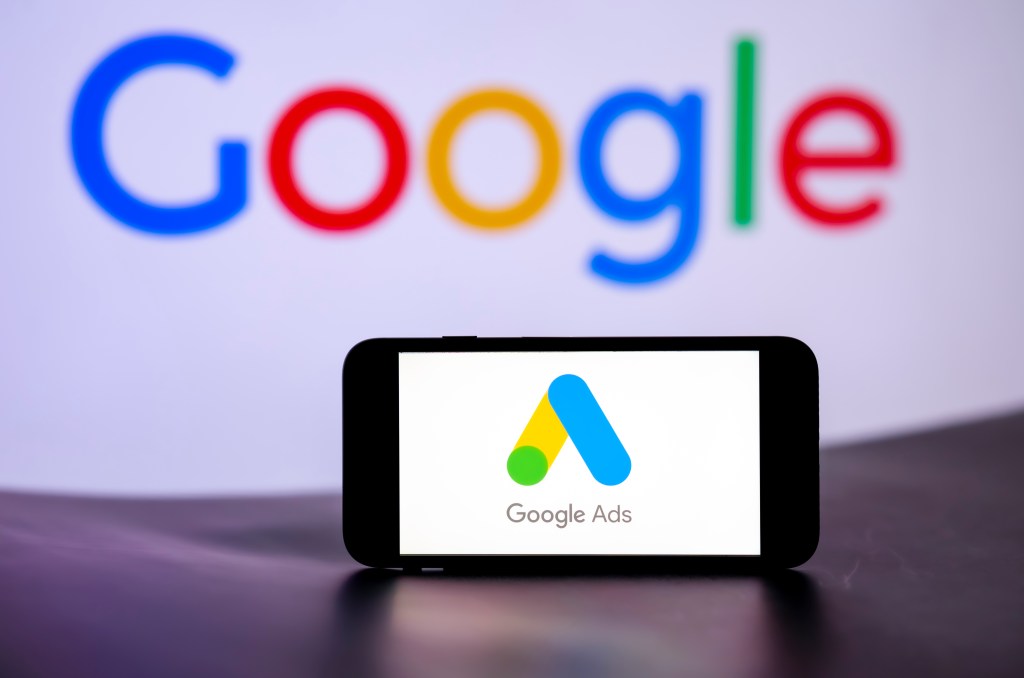A new report of major shakeups coming to the Google Ads team seemed to tickle Wall Street, which bumped up shares 1.2 percent to $138.34 on the news Wednesday.
The revelation goes back to an internal company announcement last week, when Sean Downey, president of the Americas and global partners at Google, reportedly explained to the ad sales department that the teams should brace for potentially extensive reshuffling, according to The Information. It’s not clear if the plan includes layoffs — the company already let go of some 12,000 staffers earlier this year — but this often happens when organizations restructure. This prospect would naturally please investors, since job cuts across a 30,000-employee operation could save plenty of money and further pad Google’s already strong profit margins.
That’s one way to read the situation, and it makes plenty of sense for the casual observer. But there’s another, arguably more significant, facet. Consider the move as the logical result of integrating more automation and efficiencies, and it suddenly looks less like a simple cost-cutting tactic and more like a sign of Google’s growing artificial intelligence muscle transforming its core ads business.
In a live Q&A earlier this month, Ginny Marvin, liaison officer for Google Ads, described service and support as “an area where LLMs/Google AI will be able to make big strides in improving experiences.” Marvin was referring to large language models, one of the key parts of today’s newer, more powerful generation of AI. “That’s not happening yet, but work is underway,” she added. “Stay tuned.”
For further context, go back a few more weeks, to parent company Alphabet’s third quarter earnings report. The numbers were impressive, with a whopping $76.7 billion in revenue — $59.65 billion of which came from advertising. The ad business alone grew more than $5 billion. Google Cloud soared 23 percent, pulling in $8.4 billion.
And yet, Wall Street’s reaction was “meh.” Shares slumped, because investors wanted to see more AI strategies, especially from Google Cloud. While that plays out, the ads unit — which has been algorithmically driven for years — appears to be racing forward with shake-ups that could shake out in different ways for brands. But every Google advertiser should brace themselves for change, because plenty more is surely on the way.



